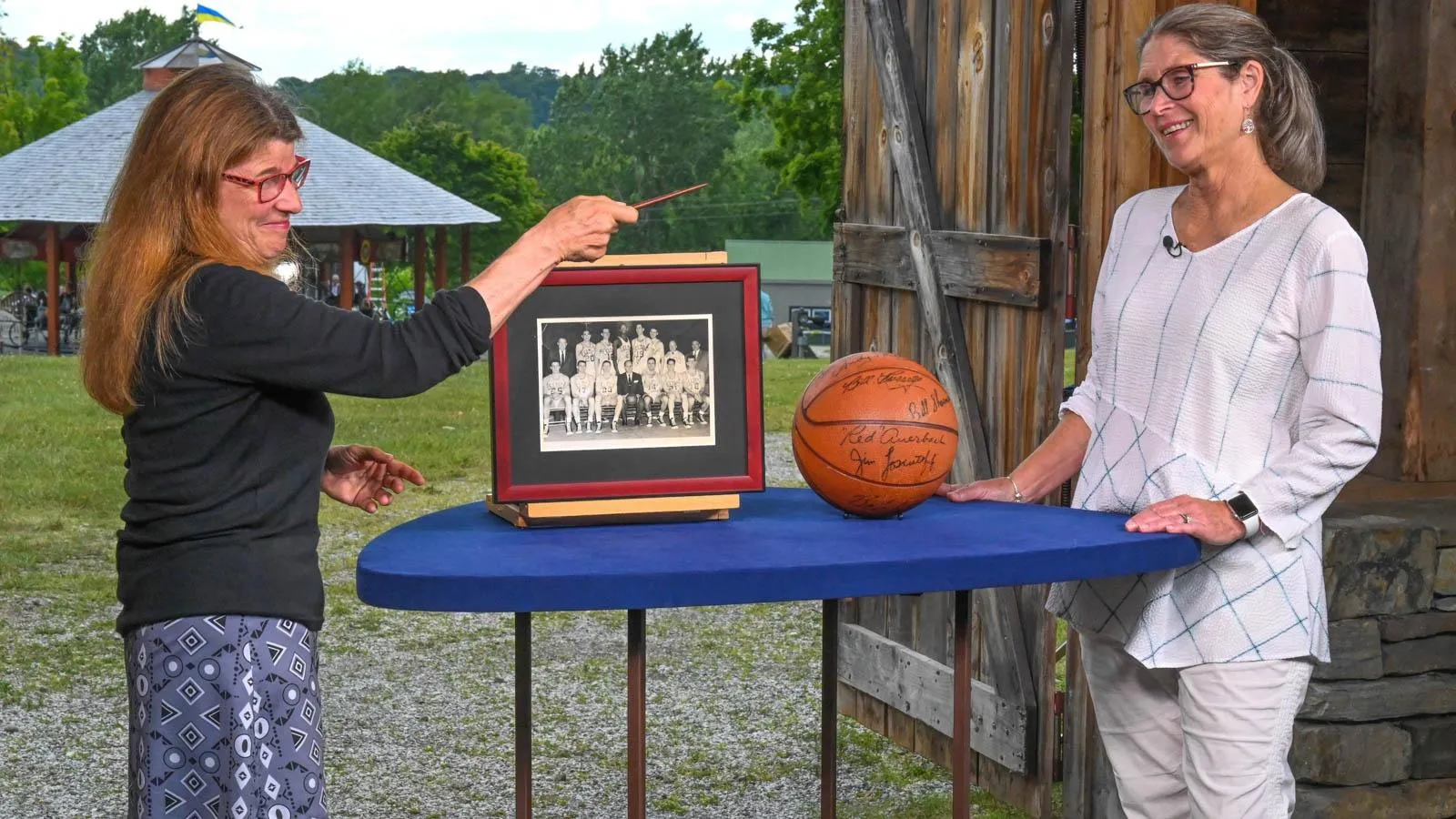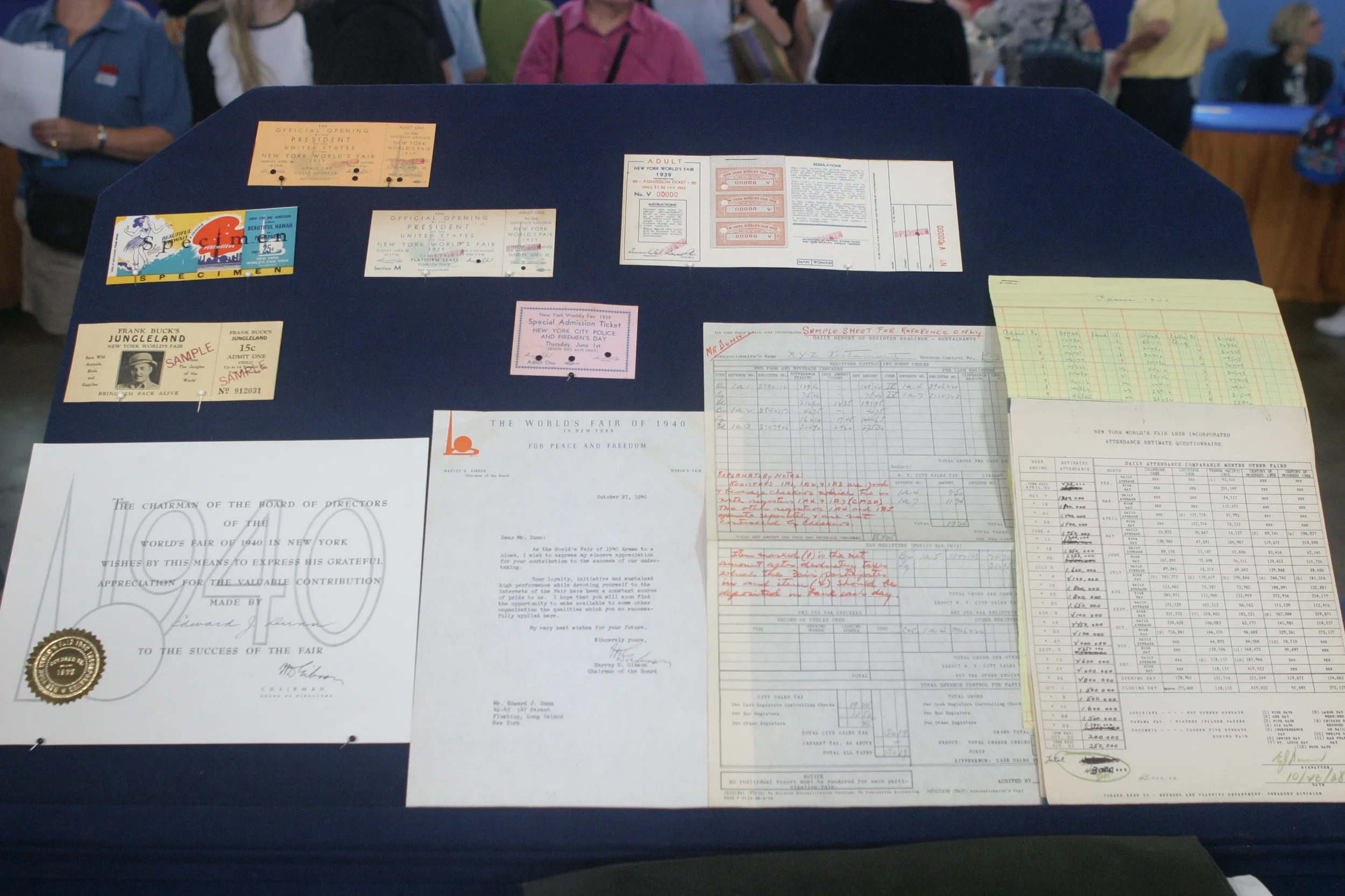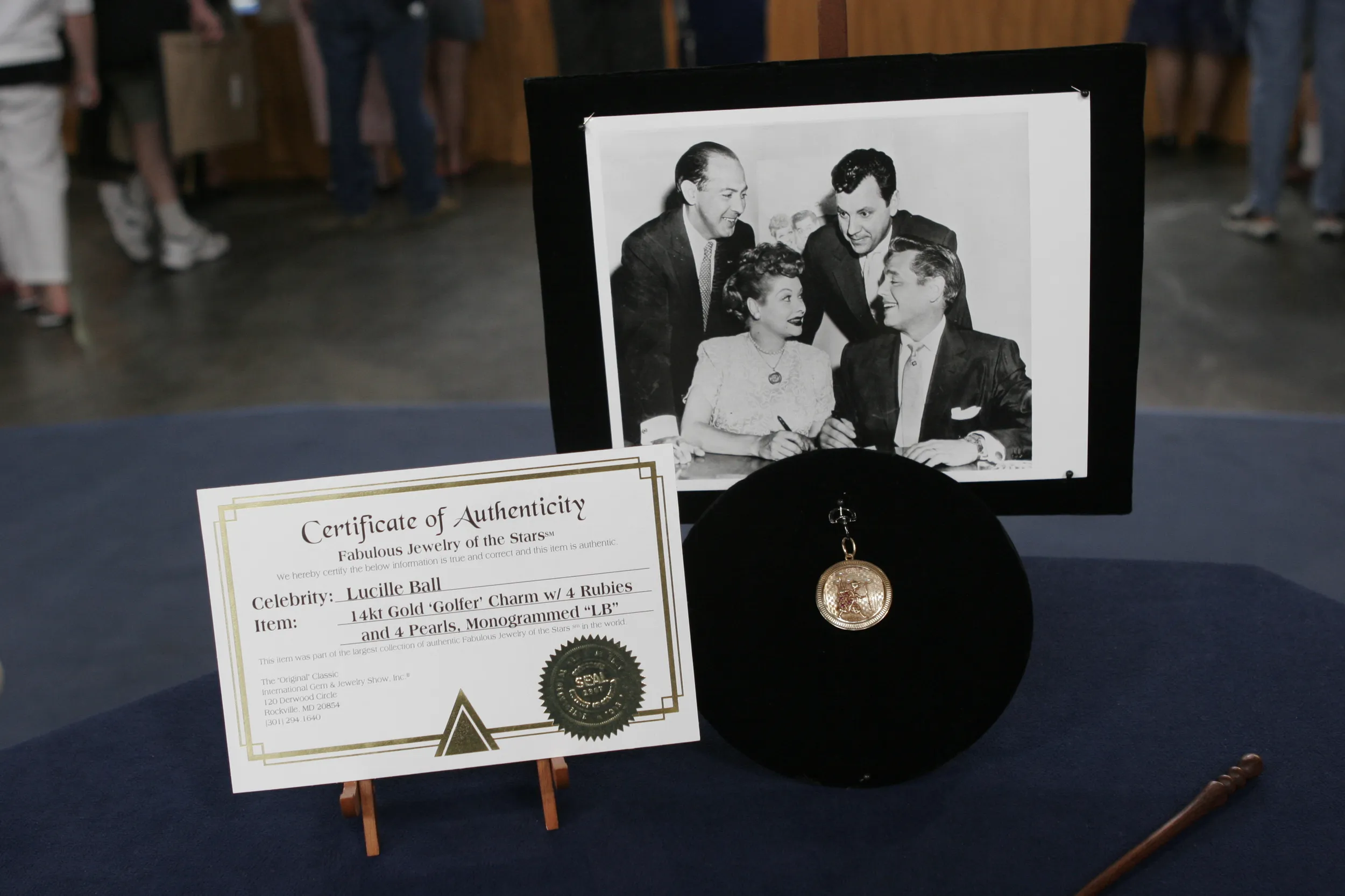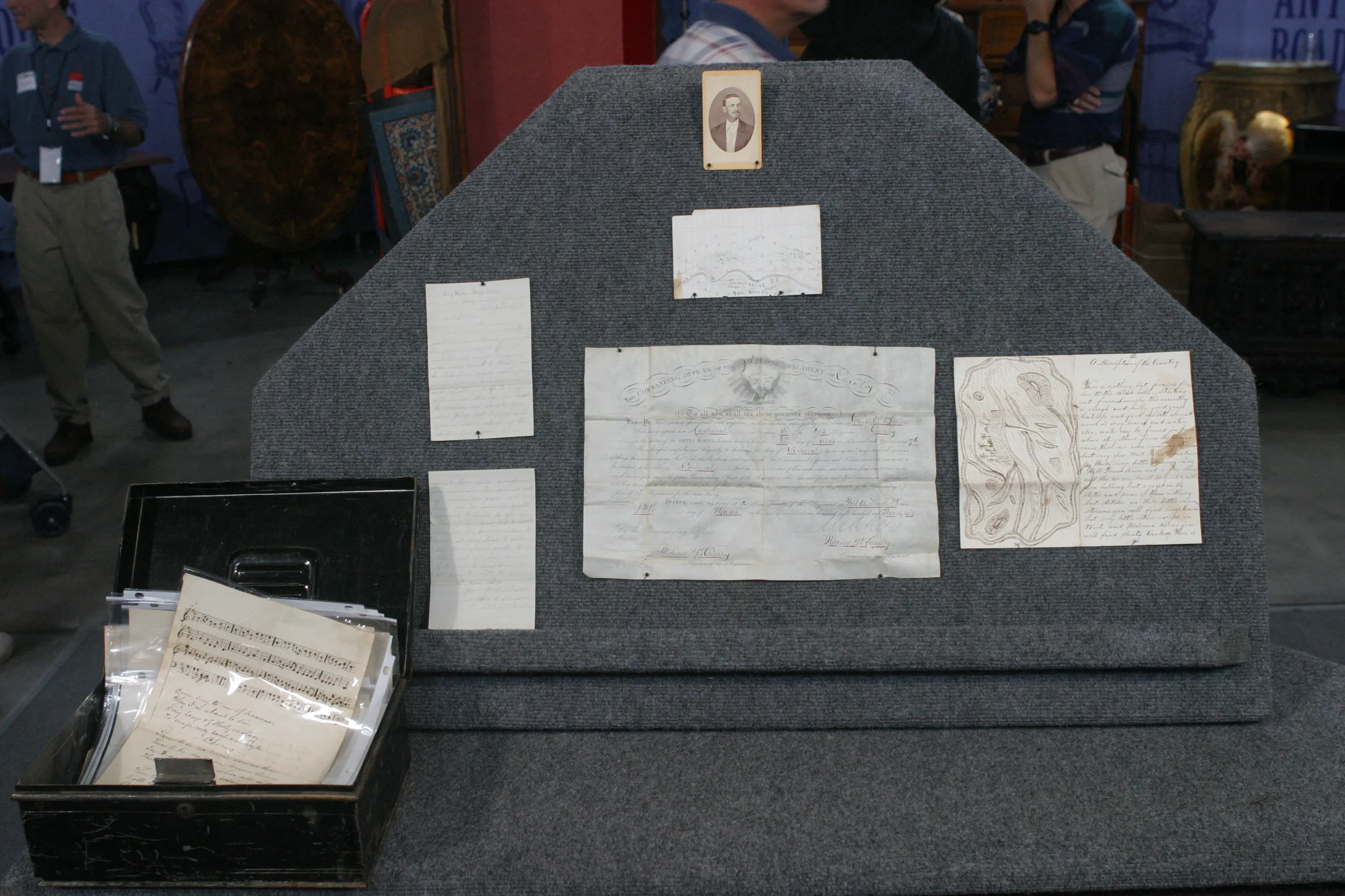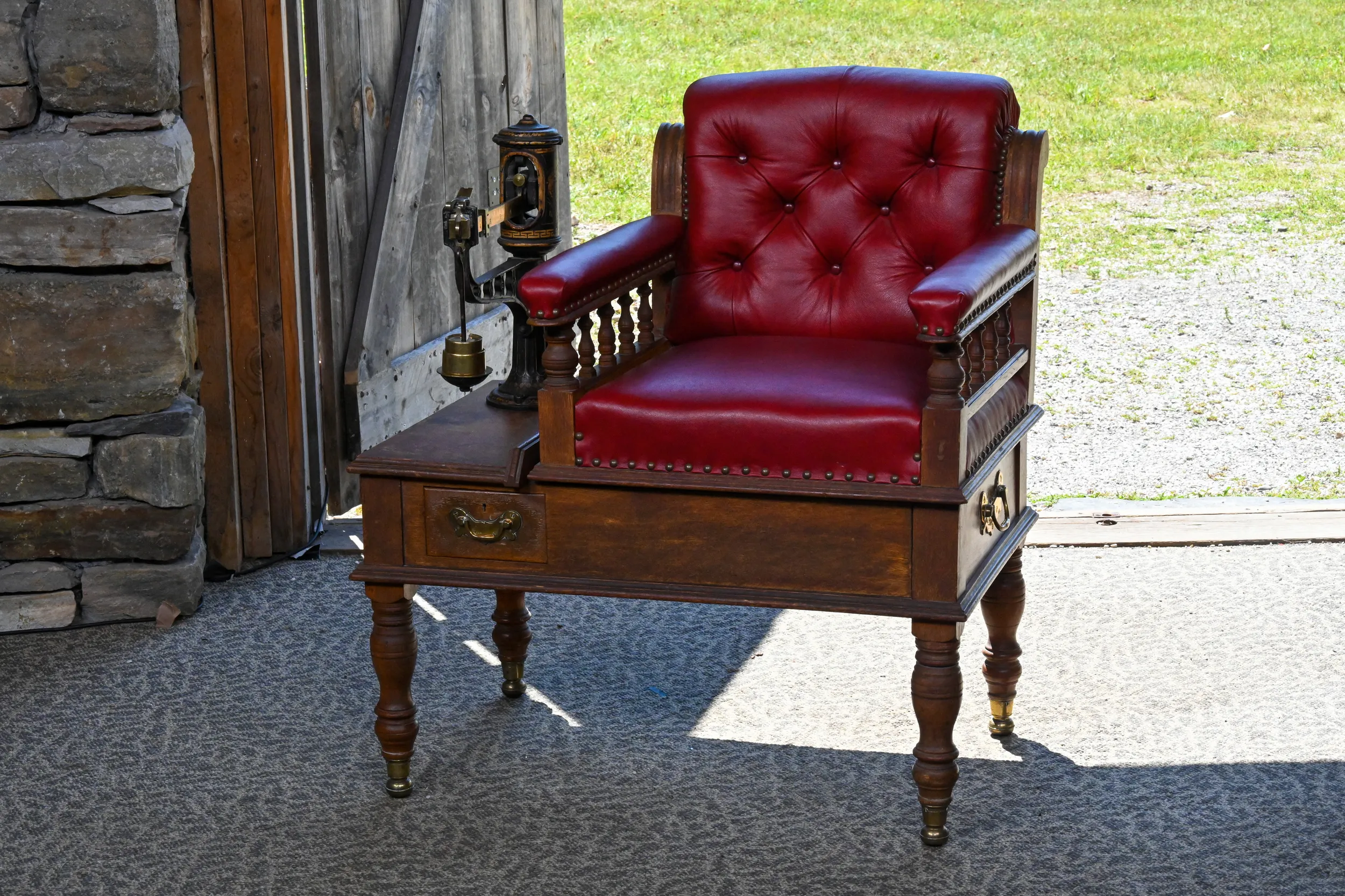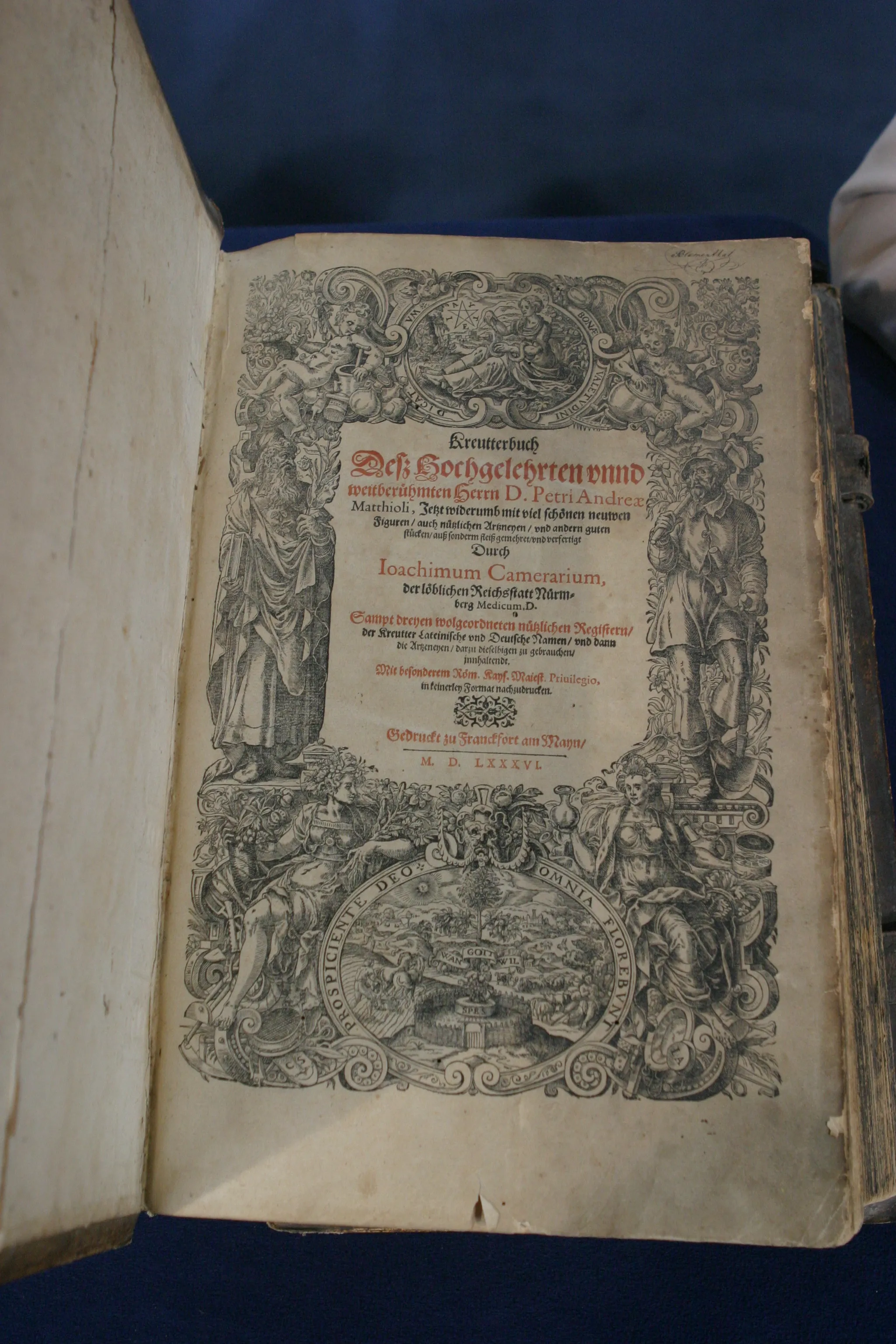GUEST: Well, the biggest challenge was getting it out of the house and into the car.
APPRAISER: (laughs)
GUEST: And then out of the car and up here.
APPRAISER: Okay.
GUEST: My parents actually, uh, bought it when they were traveling in, in Ireland back in the '60s.
APPRAISER: So you, do you remember when they brought it back?
GUEST: Oh, yeah.
APPRAISER: Okay, so you were a kid at the time.
(both chuckle)
GUEST: Well, I... I was younger than I am now, yeah.
APPRAISER: Okay.
GUEST: It was a conversation piece, and my wife and I, in our house, uh, we continue to ask guests, "What do you think this is?" I got probably one of the most interesting ones this morning. And the lady came up and she said, "That looks like that belongs in a doctor's office."
APPRAISER: Okay.
GUEST: Before you go in to see the doctor, you know, they weigh you?
APPRAISER: So that's getting uth, us closer, right?
GUEST: Yeah.
APPRAISER: Because the, the reality is that it's a jockey scale.
GUEST: Yes.
APPRAISER: This is an English-made, uh, scale. It's, uh, it's lovely in its design, right? It's just a beautiful object, isn't it? It would have been from the late 19th century. The maker, we can see here, is W.T. Avery. They've been around since the 18th century.
GUEST: That was the maker of the chair or the maker of the scale?
APPRAISER: You know, that's a good point, and I would suggest that they worked in conjunction with, uh, another company in order to do that, so the balance, they were making balances for many, many different purposes. They probably had a partnership with a firm that helped them construct the rest of this, because, as you, as you can see, it's basically a piece of furniture with a scale attached to it. And the furniture itself would be typical of a late Victorian armchair. And then, oh, what do we have here? So inside is a little receipt from Marshall's Antiques, 18 South King Street, Dublin. And in September 21 of 1968, they paid 100 Irish pounds to...
GUEST: Probably more in freight to get it back here.
APPRAISER: (laughs): Right. Right, and then they had to get it home, right?
GUEST: (laughs): Right.
APPRAISER: Because it, it wasn't coming home in your suitcase. I love the button-topped upholstered back with this kind of burgundy leather. Now, it looks a bit new. Is it, or...
GUEST: It is. When it came back, the leather was old and cracked. So we had it refinished with the same leather, same buttons.
APPRAISER: If the original leather was perfect, it'd be a shame to replace it.
GUEST: Right.
APPRAISER: But if it was falling apart, then it's a valid conservation move.
GUEST: Uh-huh.
APPRAISER: And then the mechanism is fun, too. It's cast iron, this little, kind of fluted column base.
GUEST: Right.
APPRAISER: And all this stencil design. In the Victorian era, there was an attempt to make machines look beautiful.
GUEST: Right.
APPRAISER: And so this is a kind of wonderful black and gilt design. Can we try it?
GUEST: Sure, let's go for it.
APPRAISER: All right, let's go for it.
(scale clicks)
APPRAISER: All right, I'm in.
GUEST: Okay.
APPRAISER: Okay.
GUEST: Twelve.
APPRAISER: 12 stone, times 14, about 168.
GUEST: That sounds good.
APPRAISER: (laughs) Okay, that's not bad.
GUEST: Yeah.
APPRAISER: Then I got-- I don't have any gear on. No, no saddles or anything.
GUEST: Okay, okay.
APPRAISER: All right, that's wonderful. So these have an appeal because of their look and because of the interest in horse racing. I've seen prices kind of ebb and flow. But for this oak model with a reconditioned seat, I think we're talking about, at auction, conservatively, somewhere in the $6,000 to $9,000.
GUEST: Is that right?
APPRAISER: Uh-huh. It's, uh...
GUEST: It's a significant number.
(both laugh)
GUEST: Significantly more than my father paid for it.
APPRAISER: Right.
GUEST: Yeah.
APPRAISER: Right, so not a bad purchase from 1968.
GUEST: Yeah, yup.

